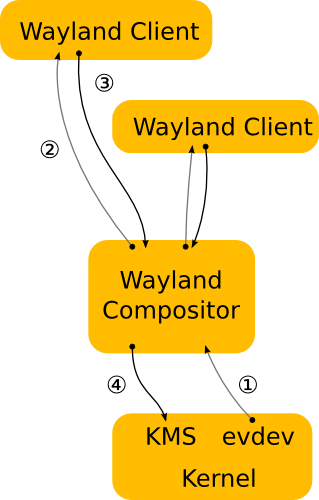Phoronix: Wayland's Weston Can Now Run On DirectFB
As the latest interesting event in the Wayland world, DirectFB developers have ported Wayland's Weston compositor to run on DirectFB so that any DirectFB platform can now use Weston, including EGL and OpenGL ES support...
As the latest interesting event in the Wayland world, DirectFB developers have ported Wayland's Weston compositor to run on DirectFB so that any DirectFB platform can now use Weston, including EGL and OpenGL ES support...


Comment